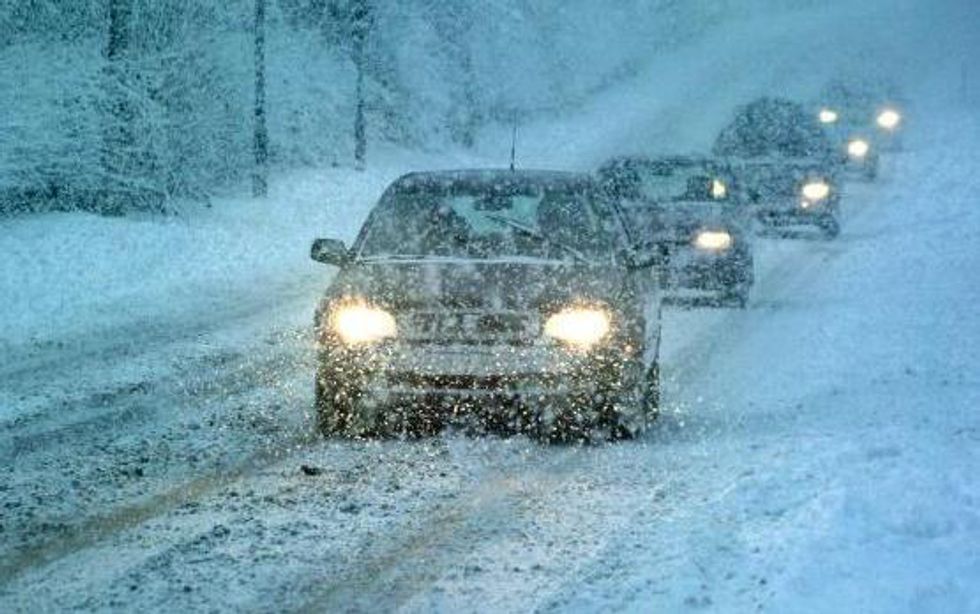Just today, I was driving on Interstate 20, behind a truck. The truck quickly moved into the left lane, revealing a couch not far down the road in my lane. It was less than 100 feet in front of me and I had just enough time to move out of the way. Since the couch was difficult to see, I likely would not have moved out of the way in time had my mom not pointed out the roadblock ahead of me.
Before this ordeal, I had spent over 20 hours driving from my home in New Jersey to my school in Louisiana. Spending this much time on the road, I have learned a thing or two about how to be safe while driving long distances (or driving in general). Don't forget these five tips that will help keep you safe when traveling on these dangerous roads:
1. Always Pay Attention to the Road
You're trying to answer a quick text to a friend? Perhaps you are trying to navigate through a city you have never been to before. Go ahead and pull over while doing anything that would take your eyes off the road for even a couple seconds. Like I mentioned before, I had very little time to move out of the way before I hit the piece of furniture in the middle of the road. Had I glanced down at my phone or my GPS, I could have been in big trouble.
2. Always Go the Speed Limit
The speed limit exists for a reason. If you decide to go above the speed limit, you are putting both yourself and others at risk for an accident. Speed limits ensure that you have enough time if there is an issue on the road. Be sure to take extra care when going through construction zones as there may be construction workers close to the road or machinery that can easily cause accidents if drivers aren't careful.
3. Keep Your Distance from Cars
Tailgating is one of my all-time pet peeves. Even if the car in front of you is not going as fast as you want it to, just pass it or deal with the slowpoke. You never know when a car is going to step on its breaks without a moment's notice. The consequences of tailgating can be devastating (and even deadly). Practice driving a safe distance from the car in front of you by utilizing the two-second rule. For every 5 mph you are traveling, leave one vehicle-length between your car and the car in front of you. For instance, if you are traveling 60 mph, leave about twelve car lengths between your car and the car in front of you.
4. Never Drive When You're Incapacitated
Before getting behind the wheel, ask yourself, am I ready to pay close attention to the road and be fully aware of my surroundings? If the answer is no, maybe, or probably, you're best bet is to ask someone else to drive or not drive at all. Never drive when you have alcohol or drugs in your system. Never drive when you feel too tired. Never drive when you don't feel certain that you can pay close attention to your surroundings.
5. Be Aware of the Weather
Weather is a big reason that people get involved in accidents. In fact, "about 70 percent of the accidental deaths that occur in the wintertime happen in automobiles." Whether it be rain, sleet, or snow, the weather can have a large impact on your safety while on the road. What's even more important is making sure that you take the precautions necessary to keep yourself safe during these dangerous times. Be sure to go slower during harsh weather and pay extra attention to the road to make sure you are not going to find yourself in a disaster.
Be sure to keep these five tips in mind the next time you get behind a wheel. In addition to these tips, here are some more tips that will help prevent an accident. Although there is no surefire way to be accident-free, you can always practice the best precautions for accident prevention and mitigation.
Be safe and don't forget to buckle up!
























